The majestic world of big cats, such as lions, tigers, leopards, and cheetahs, is as fascinating as it is complex. These remarkable creatures, known for their strength and grace, have a unique way of nurturing their young to ensure their survival. The process of teaching cubs how to thrive in the wild is a blend of instinct, practice, and patience, and it is both captivating and educational to observe.
The Importance of Early Lessons
From the moment they are born, big cat cubs are surrounded by an environment where survival is key. The first few months of a cub’s life are crucial as they learn the basics of life from their mothers. These early lessons are not just about survival; they are about understanding the world around them. The mother cat introduces her cubs to the sights, sounds, and smells of their environment, ensuring they recognize what is safe and what is not.
Instinctual Behaviors of Big Cats
Big cats are born with certain instincts that aid in their survival. For instance, a cub knows how to suckle from its mother without being taught. However, not all survival skills are instinctual. The mothers have to nurture these instincts into practical survival skills. This involves teaching the cubs how to stalk, hunt, and avoid danger, skills that are vital for their growth and independence.
The Role of Play in Learning
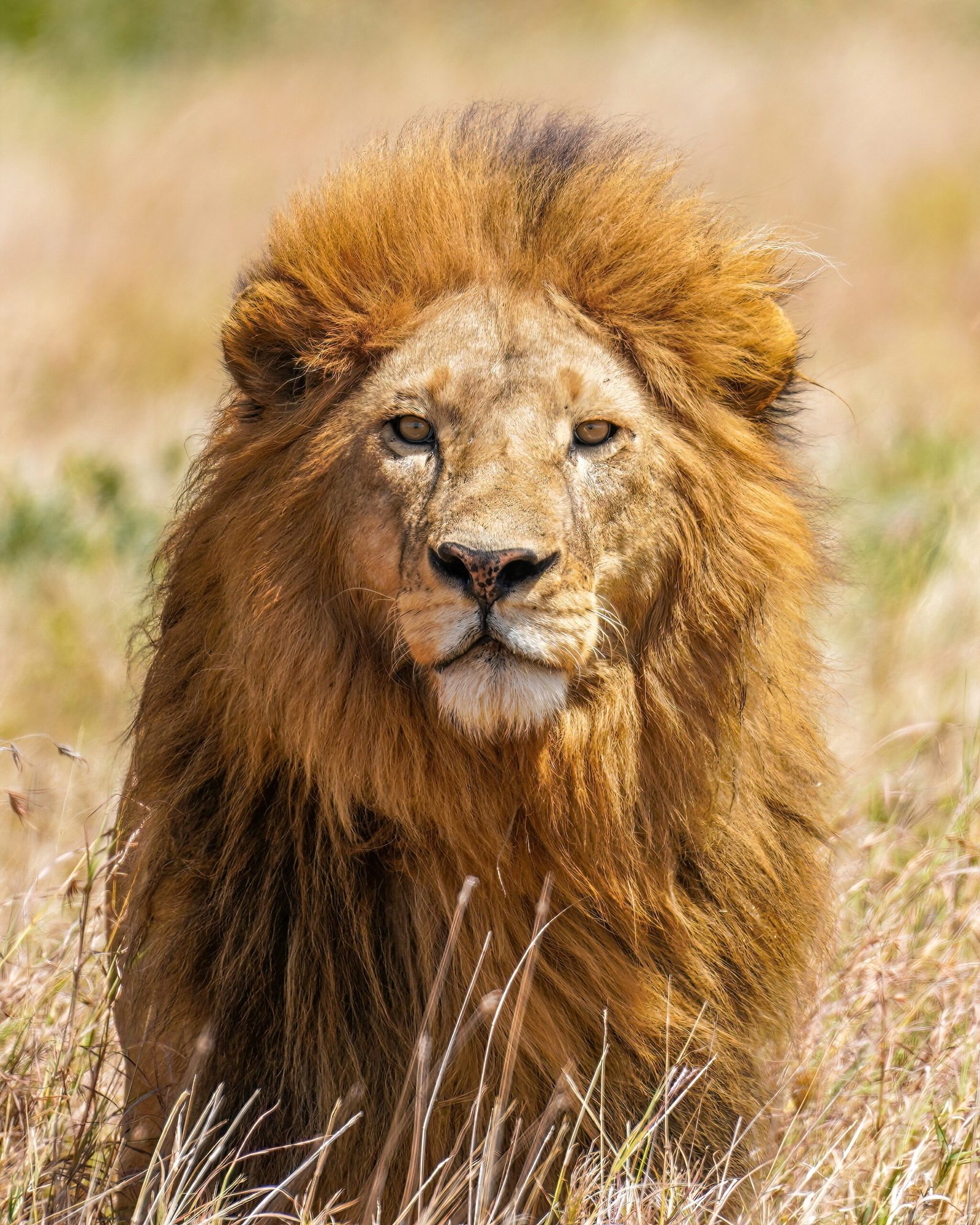
Playtime is not just fun and games for cubs; it is a critical learning process. Through playful interactions with their siblings, cubs develop their physical abilities and refine their hunting skills. These playful bouts mimic real-life situations, allowing cubs to practice pouncing, stalking, and fighting in a safe environment. It’s similar to how children play house or pretend to cook, allowing them to practice skills they will use later in life.
Observational Learning: Watching and Mimicking
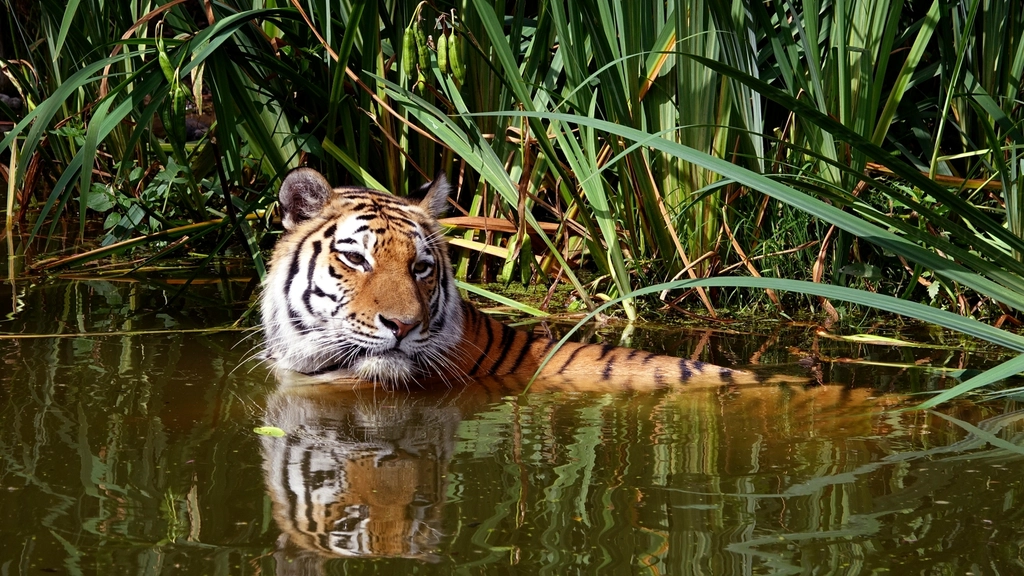
Cubs learn a great deal by simply observing their mothers and other adults in their pride or pack. This observational learning is akin to a child watching their parents cook or drive a car. They watch how their mothers hunt, stalk prey, and navigate their territory. Over time, the cubs begin to mimic these actions, gradually honing their skills through practice and repetition.
Mother’s Guidance and Encouragement
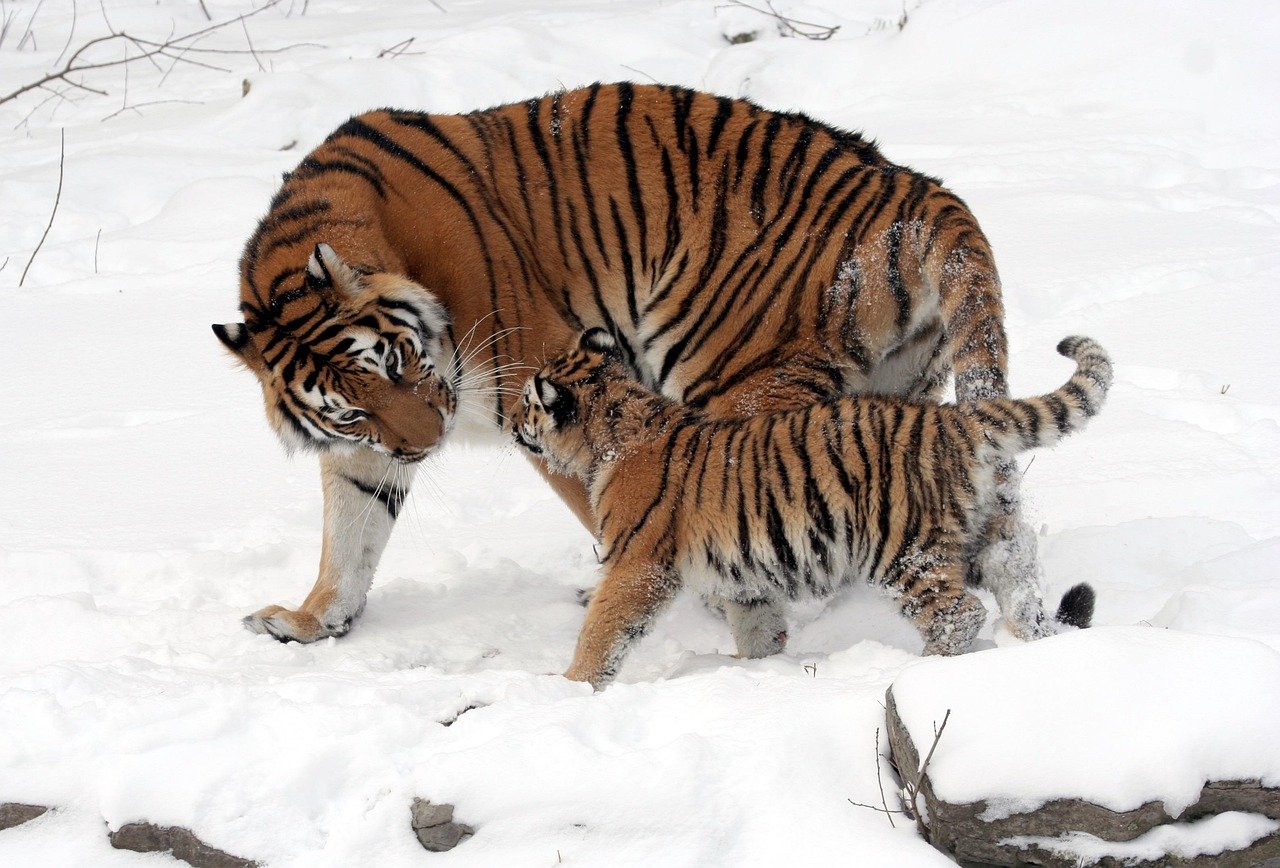
A mother’s role is not limited to teaching; she also provides guidance and encouragement. She nudges her cubs to try new things and explore their surroundings. This guidance helps build their confidence and independence. Encouragement from the mother gives the cubs the courage to take risks, such as venturing further from the den or attempting their first solo hunt.
Teaching the Art of Stealth
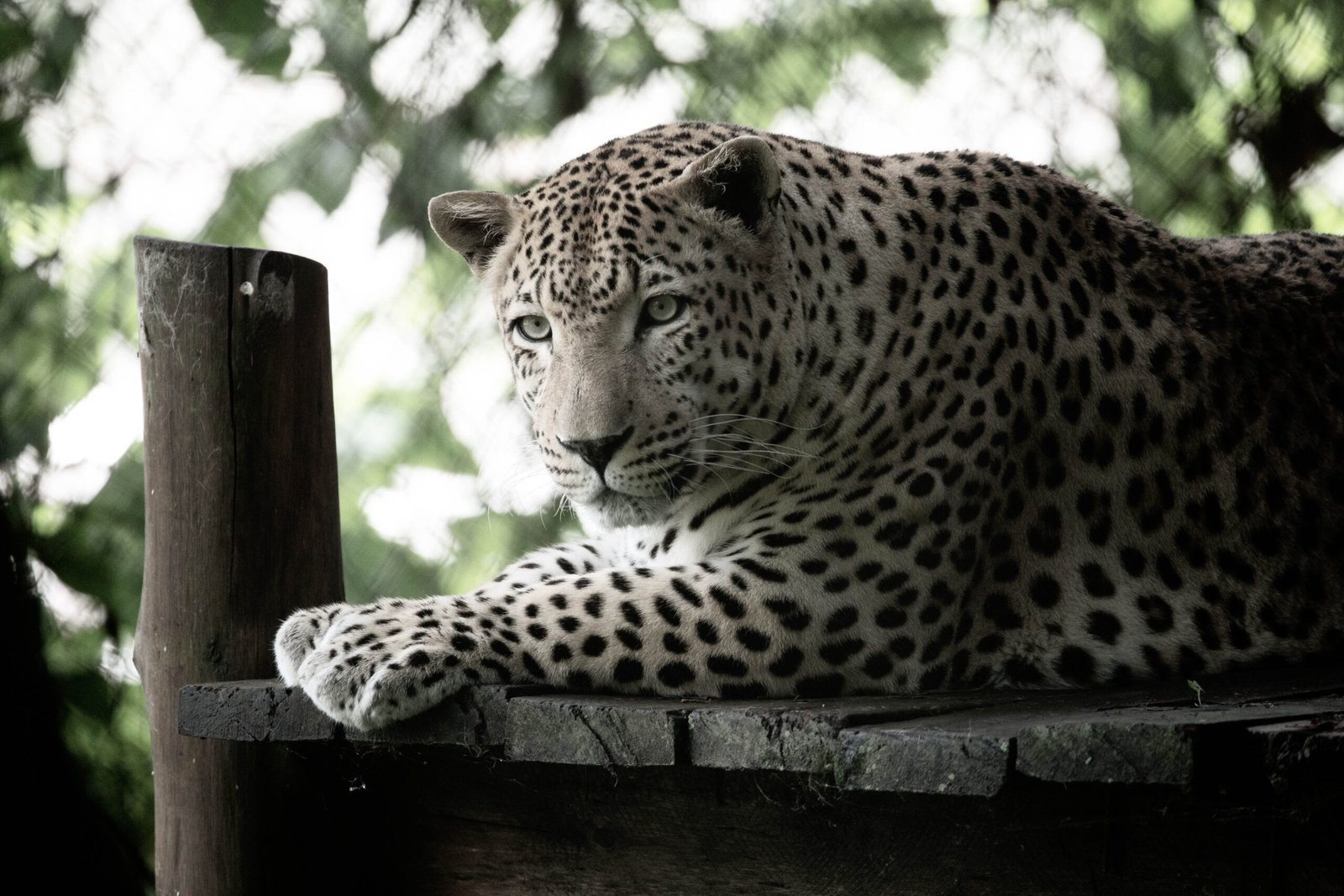
Stealth is an essential skill for survival in the wild, and big cat mothers are masters at teaching it. Cubs learn how to move silently through their environment, minimizing noise and avoiding detection. This skill is crucial for hunting and avoiding predators. It’s much like learning to tiptoe quietly through a house to avoid waking sleeping family members.
Understanding Territory and Boundaries

Territory is vital for big cats as it provides a safe space and resources necessary for survival. Mothers teach their cubs the importance of understanding and respecting boundaries. Cubs learn to recognize scent markings and other territorial signals. This understanding helps them avoid conflicts with other cats and ensures they can claim their own territory when they reach maturity.
Survival Through Adaptability
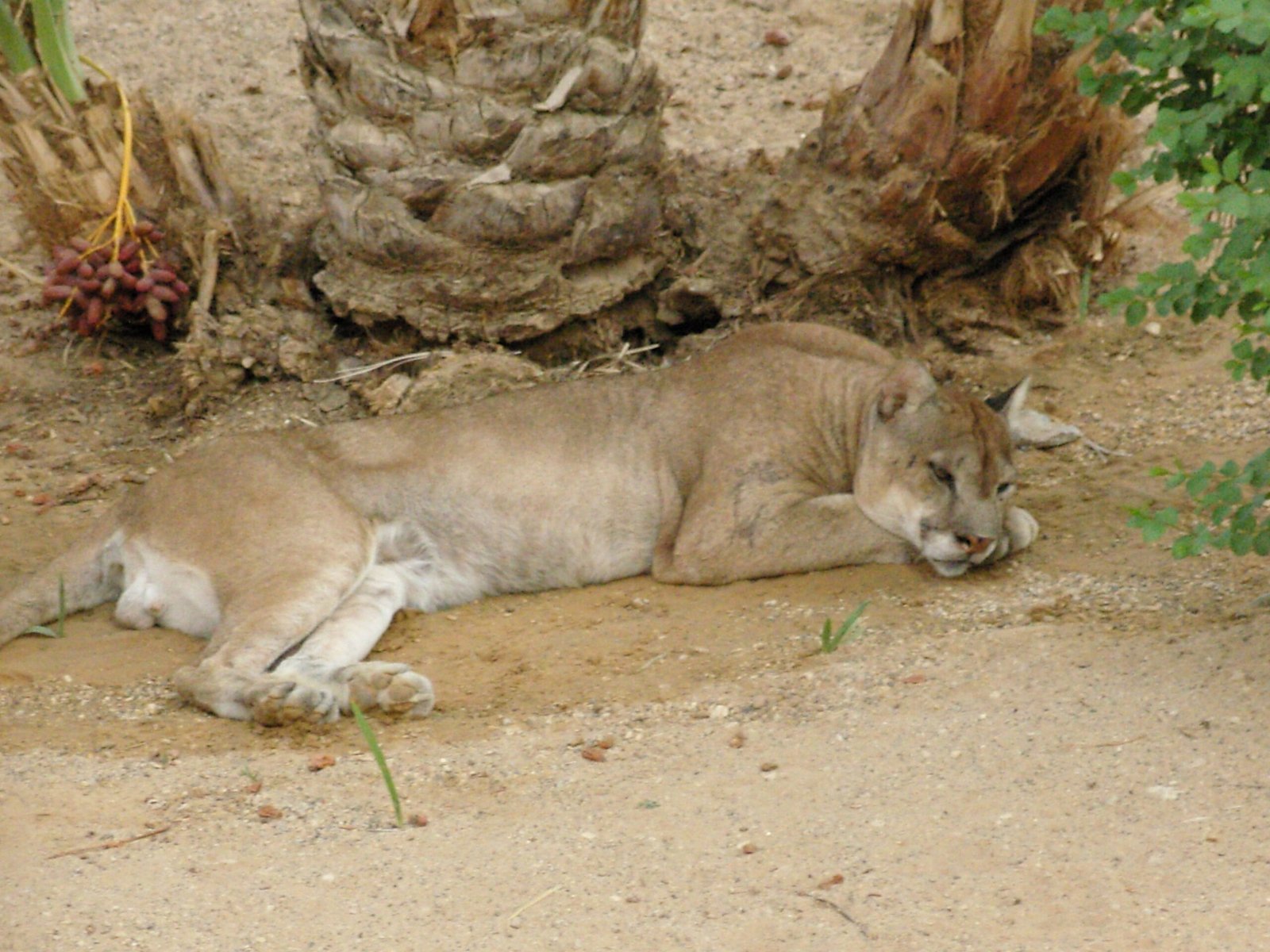
Adaptability is a key survival trait, and big cats teach this to their cubs by exposing them to various situations. Whether it’s learning to hunt different types of prey or adapting to changes in the environment, cubs learn to be flexible and resourceful. This adaptability is akin to how humans learn to cope with changes in their lives, such as moving to a new city or starting a new job.
Learning from Mistakes
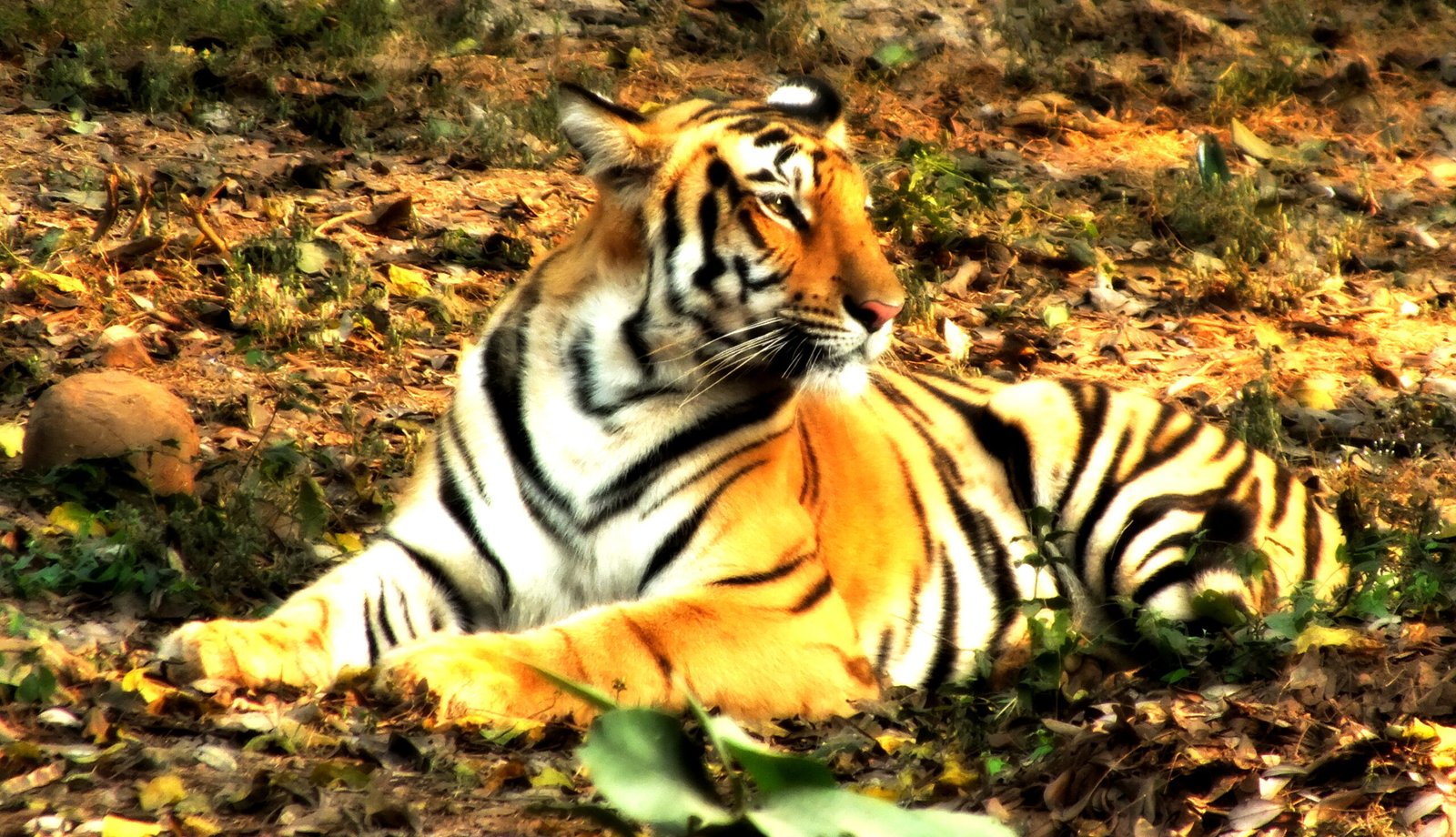
Mistakes are a natural part of the learning process, and big cats allow their cubs to make them. When a cub misses a pounce or fails to catch prey, it learns from the experience. This trial-and-error approach is crucial for developing problem-solving skills. It’s similar to how people learn to ride a bike by falling and getting back up again.
Developing Hunting Skills
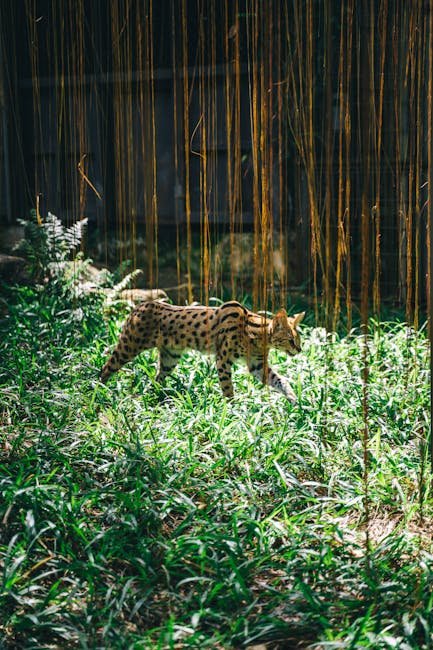
Hunting skills are perhaps the most critical survival skill for big cats. Mothers teach their cubs the entire process, from stalking to the final kill. Cubs practice these skills repeatedly, gradually improving their technique and success rate. This is reminiscent of how a chef perfects a recipe through countless trials and adjustments.
Building Social Skills
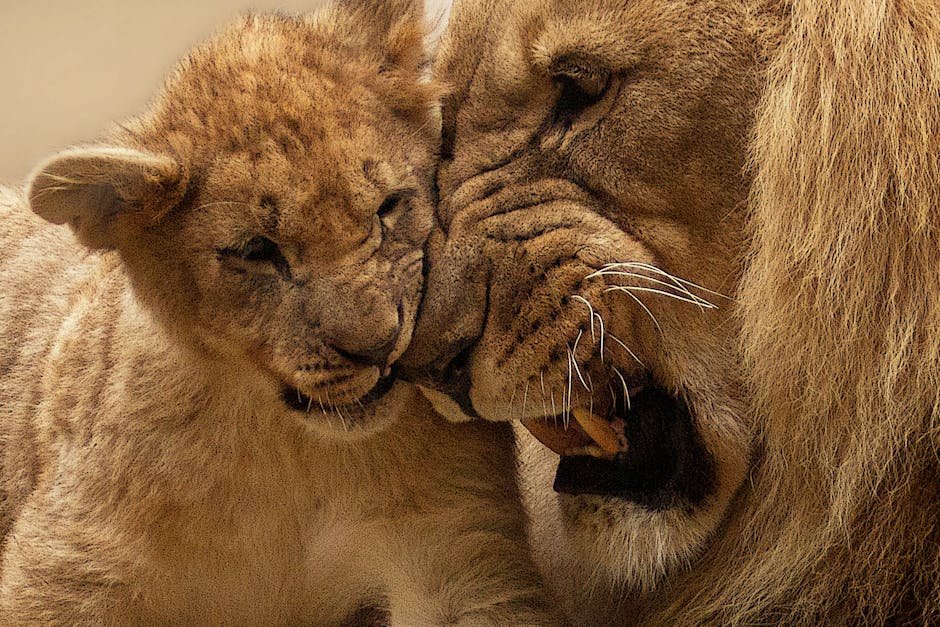
In species like lions, social skills are as important as hunting skills. Cubs learn how to interact with other members of their pride, understanding social hierarchies and developing cooperation skills. These social interactions are much like those in human communities, where understanding social cues and building relationships are essential.
Protection and Defense Strategies
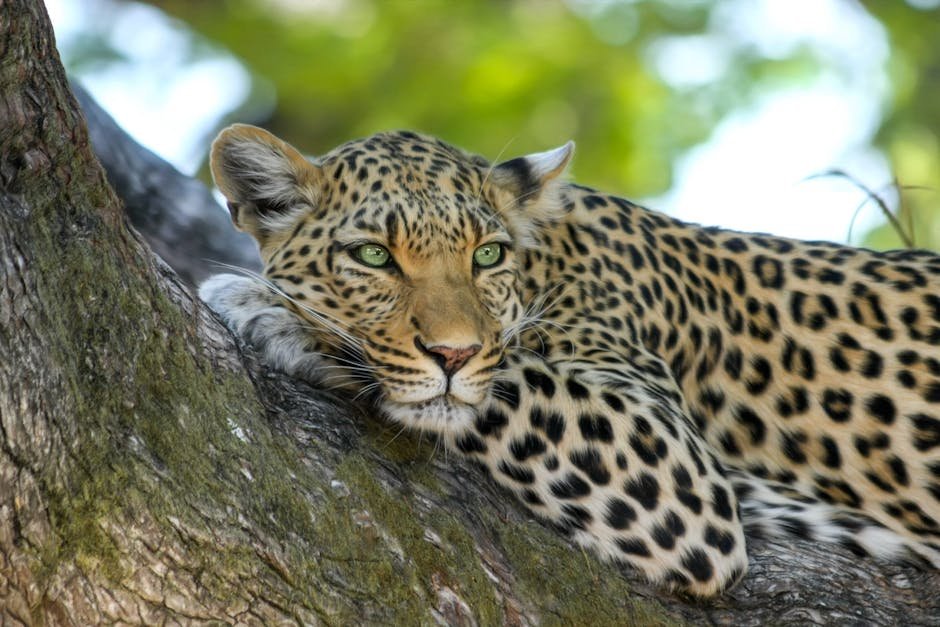
Survival is not just about hunting; it’s also about defense. Mothers teach their cubs how to protect themselves from predators and rival cats. Cubs learn defensive tactics such as climbing trees or using their surroundings for camouflage. This knowledge is vital for their safety and survival in the wild.
The Role of Sibling Dynamics
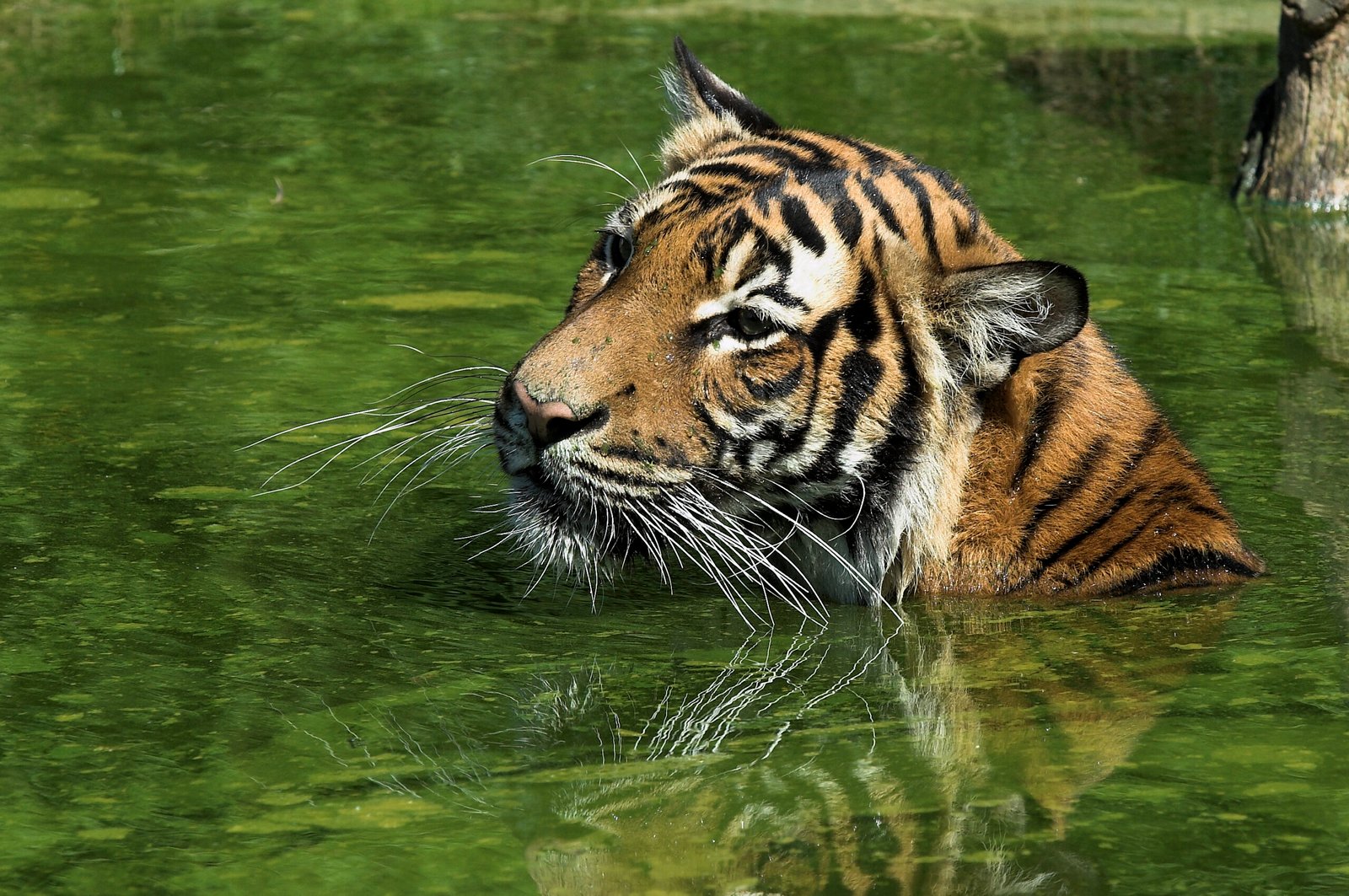
Sibling dynamics play a significant role in the learning process. Through interactions with their siblings, cubs learn about competition, cooperation, and hierarchy. These dynamics help prepare them for interactions with other cats and animals they will encounter throughout their lives.
Gradual Independence
As cubs grow, they gradually become more independent. Mothers encourage this independence by allowing the cubs to venture further from the den and attempt solo hunts. This gradual process is essential in building the confidence and skills needed for survival on their own.
Understanding Environmental Cues
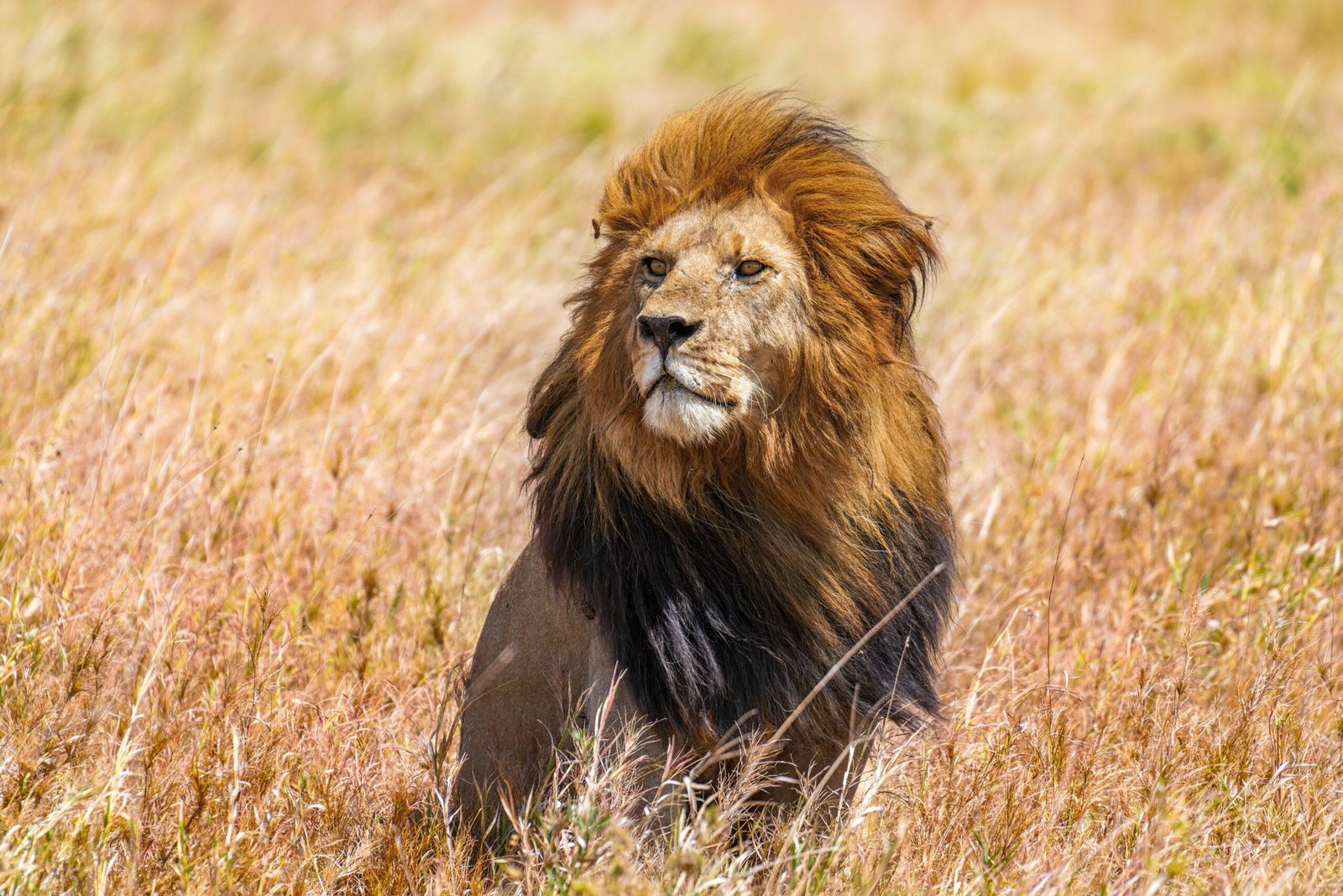
Cubs learn to recognize and respond to environmental cues, such as changes in weather or seasonal variations. These cues influence their hunting strategies and movements. Understanding these cues is similar to how farmers use weather patterns to plan their planting and harvesting.
Building Physical Strength and Endurance
Physical strength and endurance are crucial for survival, and cubs build these through play and practice. Mothers encourage physical activities that develop muscle strength and improve stamina. This is akin to how athletes train their bodies for peak performance in sports.
Learning to Navigate Complex Terrain
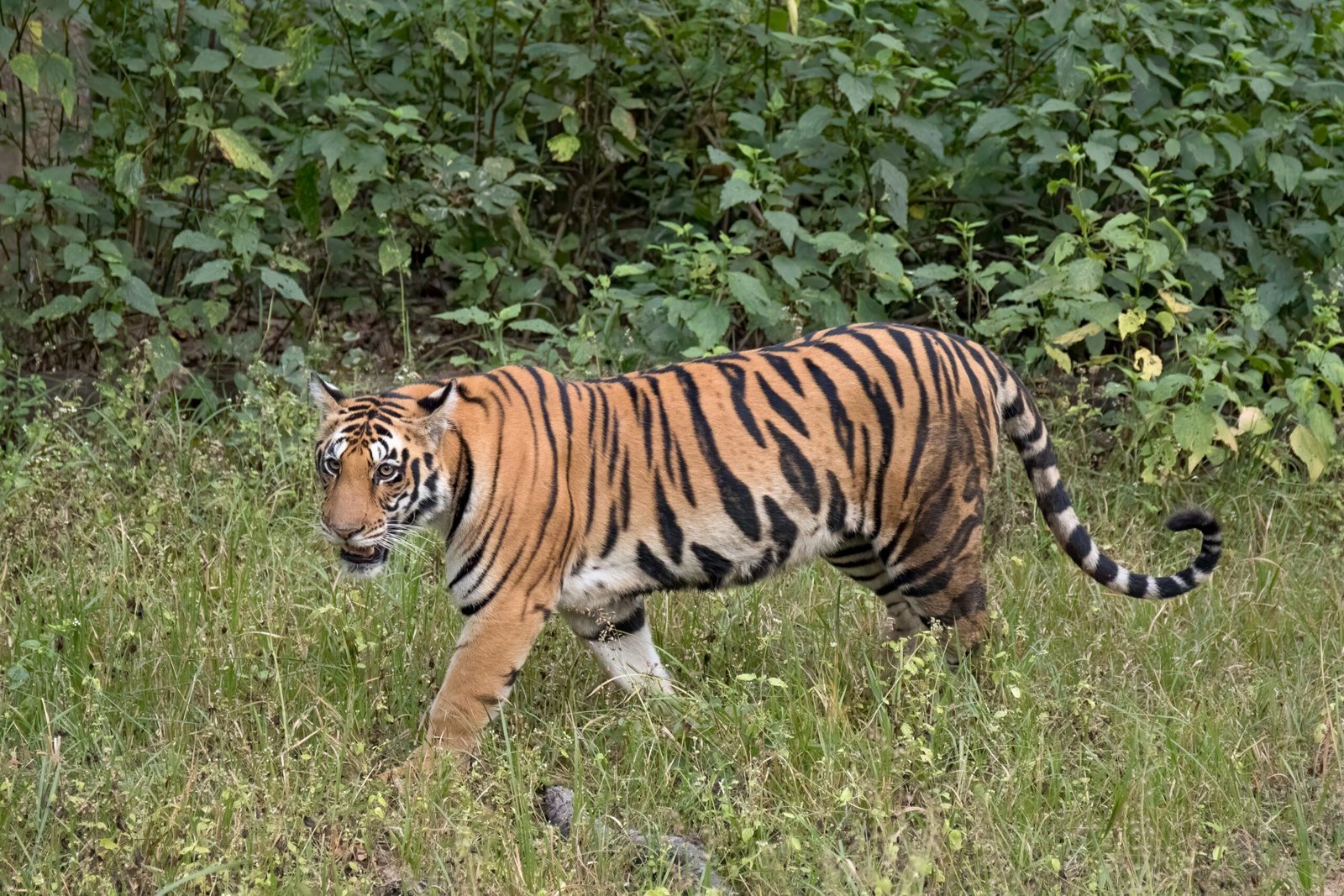
Cubs learn to navigate the complex terrain of their habitat, whether it’s dense forests, open plains, or rocky mountains. This skill is essential for hunting, avoiding predators, and finding shelter. Navigating terrain is similar to how humans learn to find their way in new cities or unfamiliar surroundings.
Instilling a Sense of Curiosity
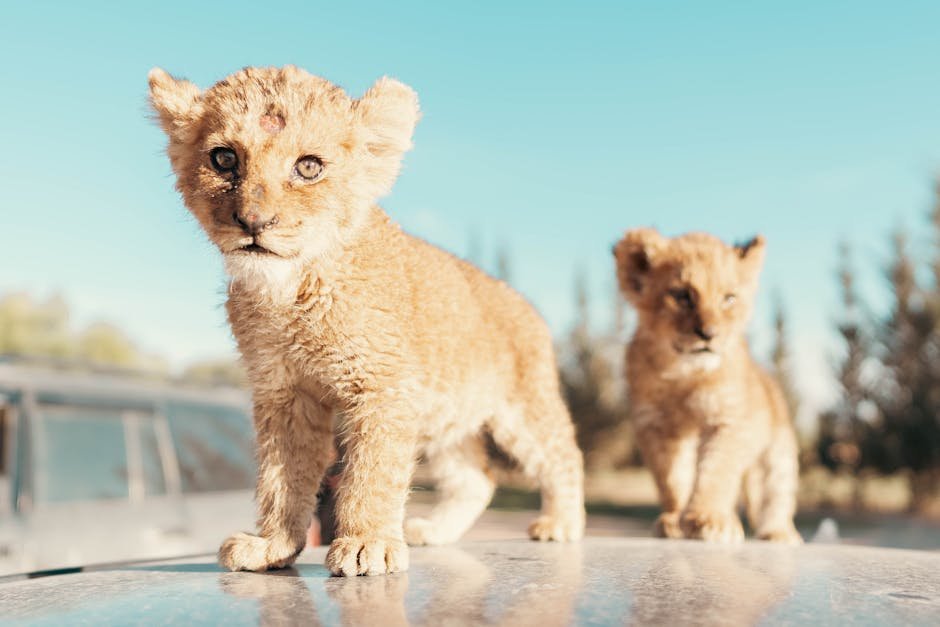
Curiosity is a trait that big cat mothers encourage in their cubs. By exploring their environment, cubs learn about their world and develop problem-solving skills. This curiosity-driven exploration is much like how scientists conduct experiments to learn and discover new things.
The Impact of Human Interaction

Human interaction can significantly impact the learning process of big cat cubs. Activities like conservation efforts and wildlife reserves play a role in protecting these majestic creatures and their habitats. Understanding the balance between human presence and wildlife preservation is crucial for the survival of big cats.
Preparing Cubs for the Future
Ultimately, the goal of all these lessons is to prepare the cubs for a future where they can thrive independently. Through a combination of instinct, practice, and maternal guidance, cubs grow into powerful, self-reliant adults capable of navigating the challenges of the wild. This preparation is essential for the continuation of their species and the preservation of their majestic presence in the natural world.
Hi, I’m Bola, a passionate writer and creative strategist with a knack for crafting compelling content that educates, inspires, and connects. Over the years, I’ve honed my skills across various writing fields, including content creation, copywriting, online course development, and video scriptwriting.
When I’m not at my desk, you’ll find me exploring new ideas, reading books, or brainstorming creative ways to solve challenges. I believe that words have the power to transform, and I’m here to help you leverage that power for success.
Thanks for stopping by, Keep coming to this website to checkout new articles form me. You’d always love it!






